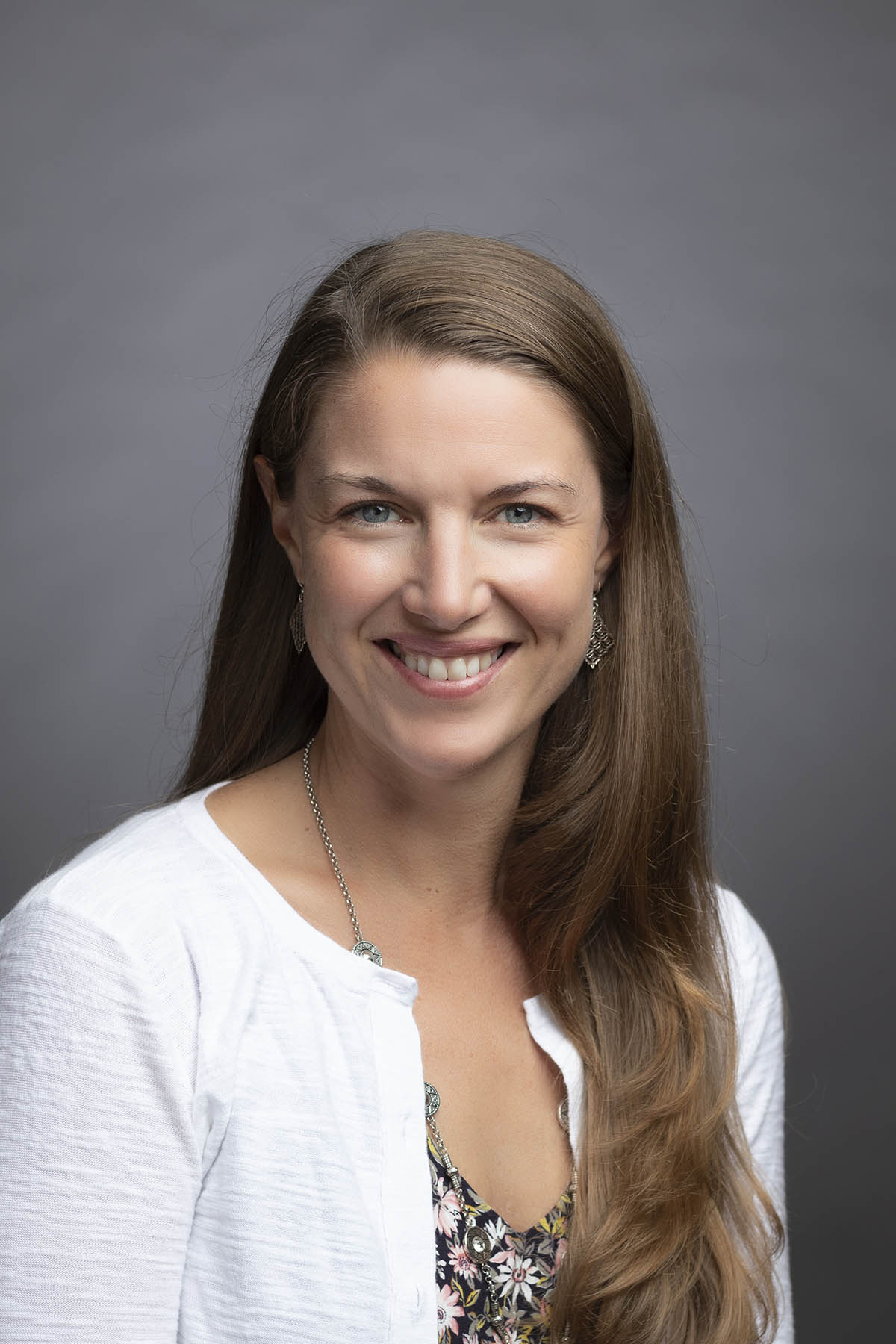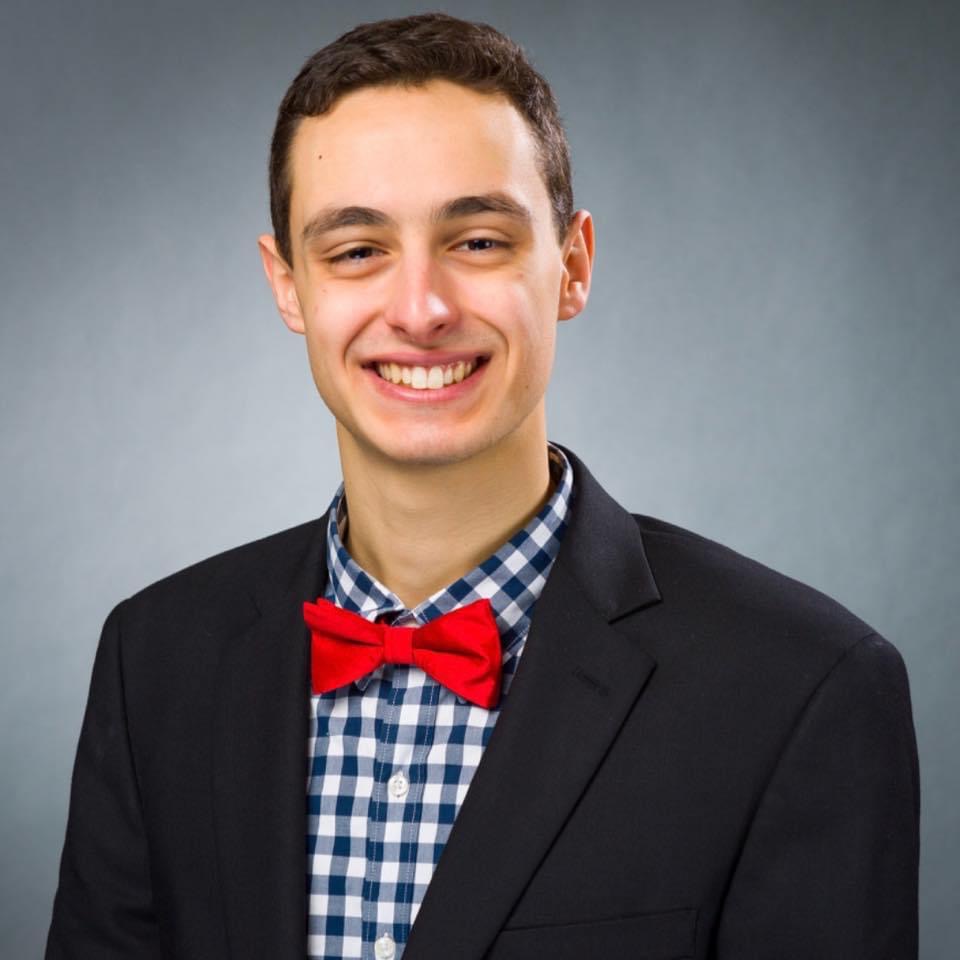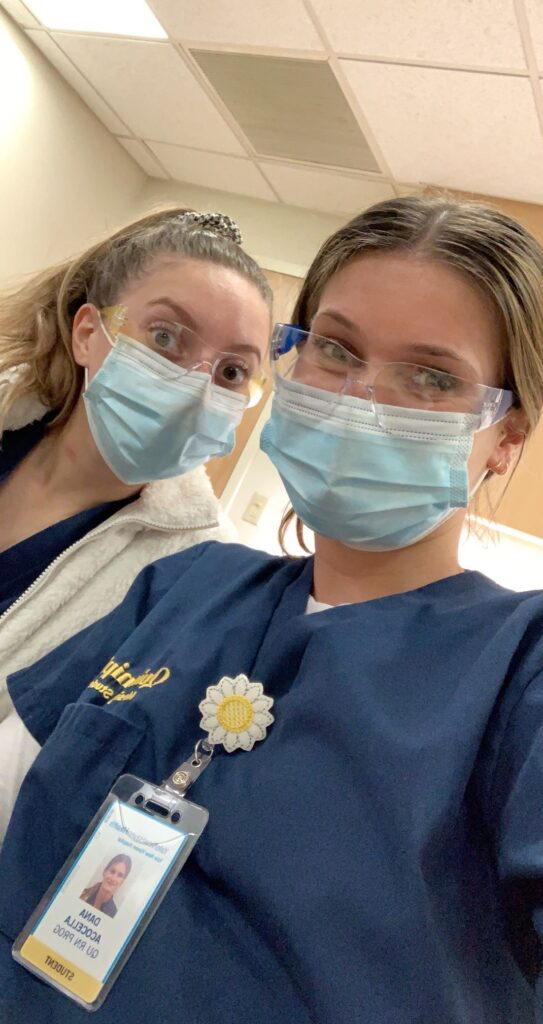By Benjamin Diiorio
Educational safety during COVID-19 has been a difficult adjustment for Quinnipiac University. As the virus has grown incredibly over the last year, schools such as Quinnipiac have put protocols in place to combat it.
Being in one of the higher populated counties in the state of Connecticut, Quinnipiac University is in a place geographically, where the virus is abundant.
As of March 17, 2021, about a year into the pandemic, there have been over 43,000 COVID tests administered at the university, according to the Quinnipiac COVID Dashboard. With only 204 confirmed positive cases since Jan. 21, a 0.5% rate, the university is currently at the lowest level of campus alert. In comparison to Fairfield University, only 30 minutes down the road, has had 74 positive cases in just the last 30 days.
Hospitals are an example of an organization that has done very well when it came to adapting procedures in order to combat the virus throughout their campuses, even though ICU’s and other wings of hospitals have been converted into COVID-19 floors.
Dr. Richard Irwin, a pulmonologist at UMass Memorial Medical Center,has not only published dozens of articles and textbooks that pertain to respiratory viruses, but he also was recently published in the American Journal of Medicine for his discoveries into how using a certain hydrogen peroxide as a mouthwash can actually kill covid bacteria.
“Dealing with patients with respiratory conditions is already tricky as it is,” said Irwin. “At the beginning of COVID we had some nurses spending 18 of every 24 work hours collaborating and trying to figure out the best way to handle the patient traffic coming in and out.”
Irwin’s insight and credentials made him the perfect person to gauge how well educational institutions have fared so far during this pandemic. Being a pulmonary critical care specialist, Irwin had some mixed feelings about schools opening up and how they have fared.
Morgan Bothe and Dana Acocella, two Quinnipiac nursing students, shared how their daily routines have changed with the new protocols.
“I feel pretty safe,” said Bothe afterwards. “Even when we’re in labs and closer than six feet (apart), we are provided face shields and protective gear.”
Protective gear and resources needed to combat the virus while learning in the classroom is no cheap feat. A graduate level Physical Therapy professor shared her experience with student protection during the pandemic.

“During the pandemic, students were all given masks and face shields were provided as needed,” said Dr. Rachel Pata, a Physical Therapy Professor at Quinnipiac. “The faculty have given countless extra hours learning about new technologies and updating curriculum to deliver the best educational experience possible to our students.”
The university has provided a large majority of their classrooms with Zoom Carts that give professors the ability to teach in person, while also broadcasting the class to other students in the course.
“We have 225 Zoom carts,” said John Morgan, Associate VP of Public Relations at Quinnipiac. “Quinnipiac has spent nearly $40 million in a wide variety of COVID-related expenses since the start of the pandemic.”
With the North Haven campus being heavily protected by their respective departments and professors, main campus students up to this point in time have not received the same level of protective treatment.

“I think overall they’ve done what they have to do to have good results,” said Matt Nygaard, a senior Journalism major at Quinnipiac.
Dr. David Hill, somebody who is heavily involved in the Quinnipiac contact tracing team has been the go-to Quinnipiac official for community questions and concerns for anything COVID-19 related.
Hill holds weekly briefings over Zoom for members of the Quinnipiac population. As he addressed Quinnipiac’s student media at his weekly Zoom briefing, it was confirmed that there are multiple levels of hierarchy and different protocols depending on what major students are in.
“There’s an overarching Covid Task Force, they oversee everything,” said Hill. “North Haven has a separate subcommittee that makes their own decisions. They are made up of deans and subdeans of all the health science departments and manage their own campus.”

While Hill was pleased with the progress Quinnipiac has made as a whole since the start of the 2020 school year, he was still concerned with how many students have been leaving campus and pleaded that all students report to the school’s COVID hotline.
“We’ve asked students not to do that,” said Hill when asked about students leaving campus on vacations. “We are not a police state so we can’t prevent that.”
Hill’s further comments reinforced that the Covid Task Force is doing everything in their power to minimize the virus’s impact on school property and throughout Hamden.
The biggest differentiator between the two campuses is that North Haven has no residence halls, yet professors of medicine are calling some of the shots when it comes to their own student population.
As the school year draws to a close, a school-wide Email was recently sent out to all members of the community. This plan outlines how the school will reopen in the fall for in-person instruction. As well as increasing capacity’s in living areas and dining areas, Quinnipiac also plans to lift certain sanctions allowing students to conjugate at a higher number.
“I just feel like it’s so rushed,” said Molly Kostka, a senior Communications major at Quinnipiac. “Like I just can’t imagine that being a possibility at this point in time and it being safe.”

